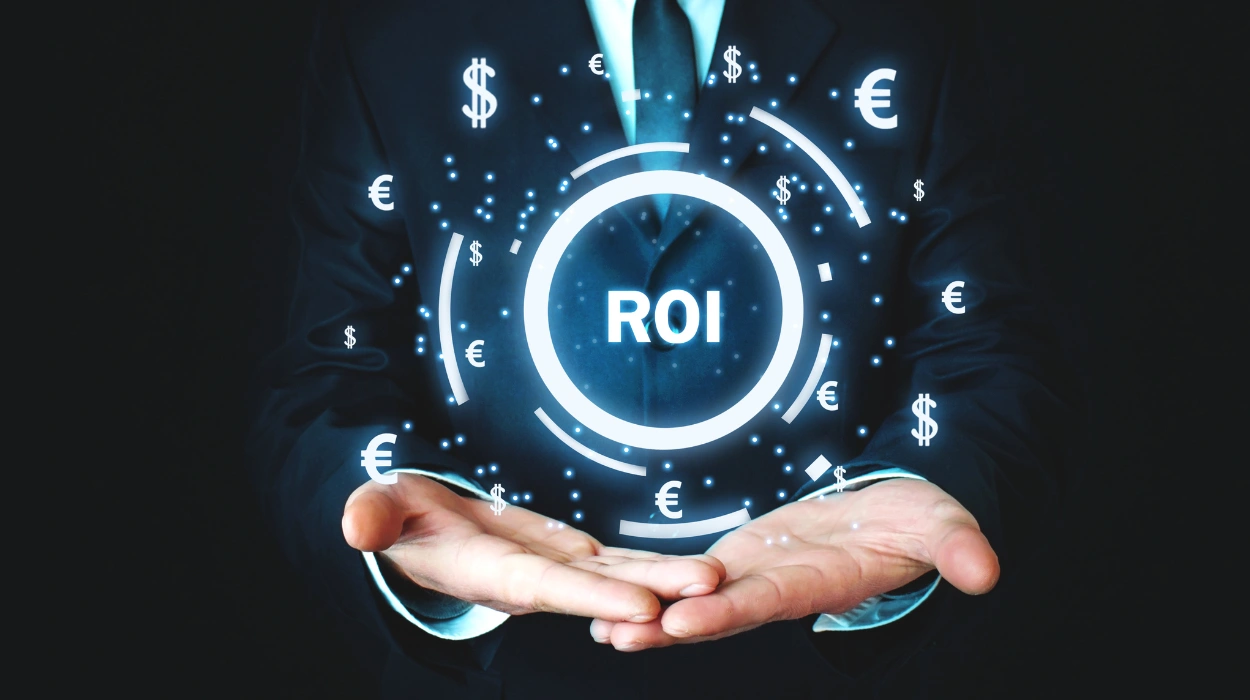Public relations (PR) has evolved into a data-driven discipline where measuring return on investment (ROI) is no longer optional—it is a critical component of effective communication strategies. As budgets tighten and expectations rise, PR professionals must demonstrate the tangible value of their work using reliable, relevant, and actionable metrics.
In 2025, the measurement landscape is changing rapidly. Beyond traditional media impressions and press coverage, organisations now require in-depth analysis of audience engagement, sentiment, conversion impact, and long-term brand perception. This blog explores the most important metrics for assessing PR ROI today and provides practical guidance for aligning measurement efforts with organisational goals.
1. The Evolving Definition of PR ROI
Historically, PR ROI was often assessed using media output metrics such as column inches, number of mentions, or advertising value equivalency (AVE). While these still have some contextual value, they do not fully capture the influence of PR on business objectives.
In 2025, ROI is being redefined through three interconnected dimensions:
- Business impact – measurable contributions to revenue growth, customer acquisition, and retention.
- Reputation influence – changes in brand sentiment, trust levels, and stakeholder perception.
- Engagement quality – depth of audience interaction, not just the number of touchpoints.
A strategic shift towards these dimensions means PR professionals must be adept at connecting their work to broader organisational outcomes.
2. Setting Measurable Objectives First
Any ROI measurement must start with clear, measurable objectives. Vague goals like “increase brand awareness” need to be replaced with specific targets, such as:
- “Increase positive brand sentiment by 15% within six months.”
- “Generate a 10% increase in referral traffic from earned media to the company’s website.”
These targets provide a baseline for performance evaluation and help ensure that chosen metrics are meaningful and relevant.
3. Key Metrics That Matter in 2025
A. Media Quality, Not Just Quantity
Instead of simply tracking the number of articles or mentions, focus on:
- Relevance – Is the coverage appearing in media outlets that your audience trusts?
- Message accuracy – Are key messages being communicated correctly?
- Tone and sentiment – Is the coverage positive, neutral, or negative?
B. Audience Engagement
Social media interactions, website visits from PR campaigns, and content shares offer a window into how well messages resonate. Tracking engagement depth—comments, time spent on page, repeat visits—provides more meaningful insight than counting likes or impressions alone.
C. Conversion Impact
Measure how PR-driven traffic contributes to actions that matter: newsletter sign-ups, event registrations, downloads, or direct sales. This requires integration with analytics platforms to map audience journeys.
D. Reputation Metrics
Brand perception surveys, sentiment analysis tools, and share-of-voice comparisons with competitors help assess the impact of PR on reputation.
E. Cost-Effectiveness
ROI should also account for efficiency. Comparing the cost of PR efforts to the value they generate ensures that resources are being used optimally.
4. Tools and Techniques for Accurate Measurement
Advancements in analytics technology have made it easier than ever to gather and interpret PR data. Platforms such as Meltwater, Cision, and Brandwatch offer comprehensive monitoring, while Google Analytics and social media insights help track conversion and engagement data.
But tools alone are not enough—measurement must be paired with sound analytical thinking. Data should be interpreted in context, aligned with objectives, and used to inform strategic decisions.
5. Connecting Metrics to Real Business Outcomes
One of the most common pitfalls in PR measurement is failing to connect metrics to tangible business outcomes. For example, tracking a surge in media mentions is less impactful if it cannot be linked to a rise in qualified leads, customer loyalty, or improved public perception.
This is where a structured methodology becomes valuable. Many professionals turn to formal learning pathways, such as a Public Relations Performance Measurement and Evaluation Training Course, to develop a deeper understanding of linking metrics with real-world results. As highlighted in 10 Essential Skills Every PR Professional Needs to Master in 2025, mastering data interpretation is no longer optional—it is a core competency for career success in modern PR.
6. Avoiding Vanity Metrics
Vanity metrics—numbers that look impressive but lack strategic significance—are a major obstacle to meaningful ROI measurement. These include:
- Total followers without engagement rate analysis.
- Raw website traffic without assessing conversions.
- Press release views without correlating to media coverage or public perception shifts.
Shifting focus from surface-level statistics to metrics that drive decision-making is essential for demonstrating PR value.
7. Building a Continuous Improvement Loop
PR ROI measurement is not a one-time exercise. The most effective practitioners establish an ongoing process of:
- Setting clear objectives.
- Collecting relevant data.
- Analysing and interpreting results.
- Adjusting strategies based on insights.
This iterative approach ensures that campaigns remain aligned with business priorities and can adapt quickly to changing market conditions.
8. Anticipating Future Trends in PR Measurement
By 2025 and beyond, measurement will increasingly focus on:
- Integrated data analytics – Combining PR, marketing, and sales data for a unified performance view.
- AI-driven sentiment analysis – More accurate and nuanced interpretations of public opinion.
- Real-time reporting – Faster feedback loops to enable immediate campaign adjustments.
These trends will require PR professionals to strengthen their analytical capabilities and embrace technology as a core component of their skill set.
Final Thoughts
Measuring PR ROI effectively in 2025 demands a shift from traditional, output-focused metrics to strategic, outcome-oriented evaluation. By setting clear objectives, focusing on quality over quantity, and connecting results directly to business impact, PR professionals can demonstrate their true value.
As the communications field becomes more data-driven, ongoing skill development will be essential. The Oxford Training Centre continues to support professionals through a range of specialised media and public relations training courses, designed to help practitioners excel in an evolving industry landscape.

